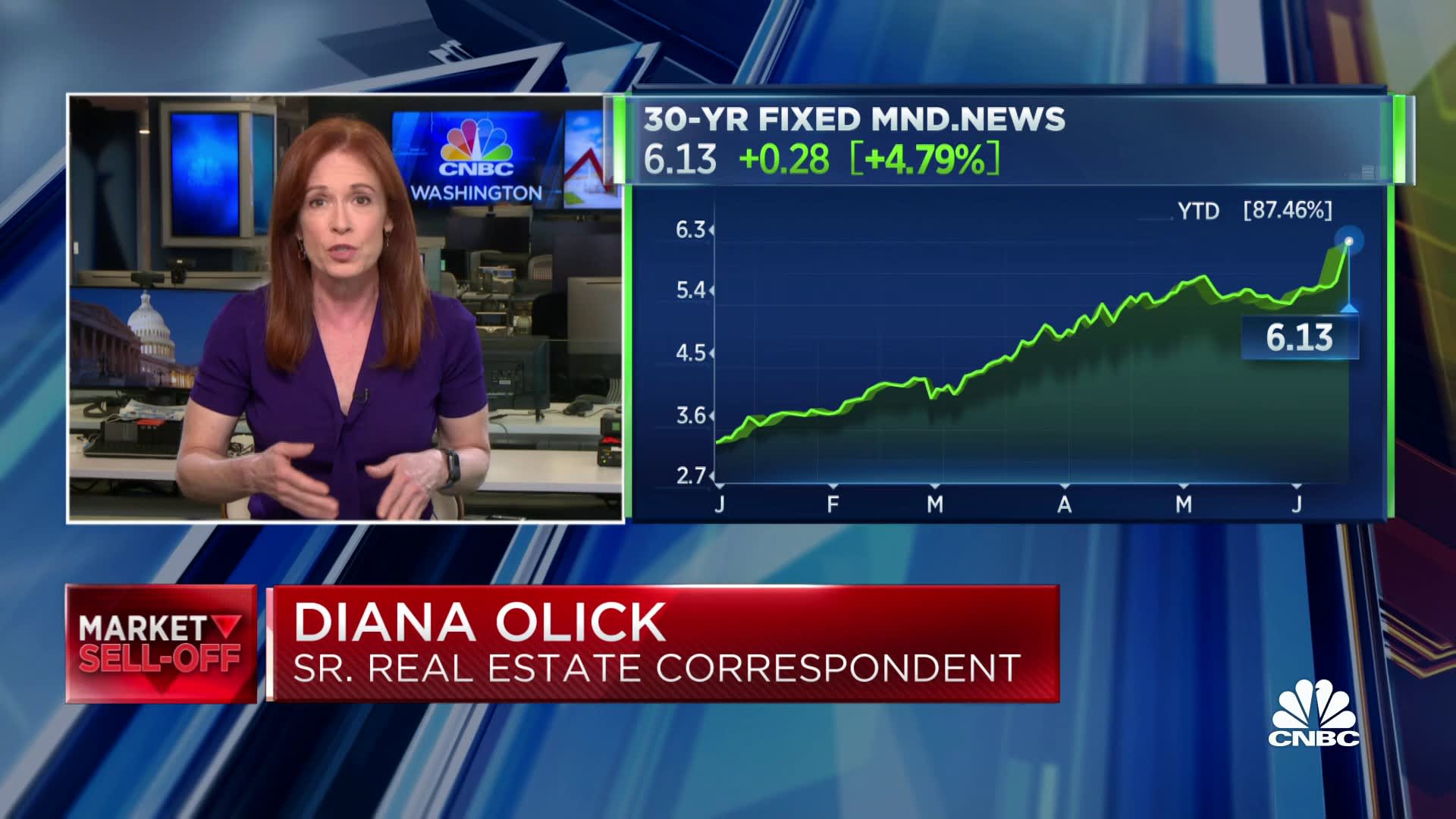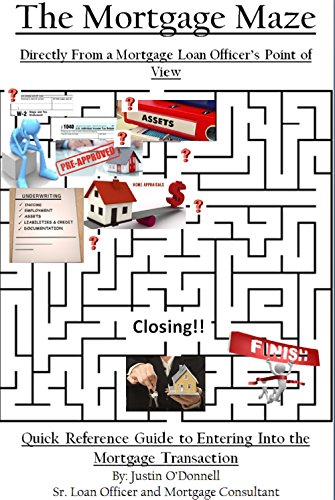
A mortgage rate lock can protect you against future rate increases. These types of mortgages enable your lender to close your loan and eliminate the possibility of future rate increases. However, interest rate locks can cost you money, so you need to decide if locking in your mortgage rate is worth it for your situation.
Interest rate locks protect you against interest rate increases
An interest rate lock protects you against interest rate increases when you buy or refinance a home. This type of protection is generally available for a limited amount of time, and can be very beneficial for home buyers. It is worth checking the rate lock policy at your lender. Some lenders won't allow rate locks and others may change them without notice.
The good news is there are many ways to avoid interest rate rises. A floating interest rate lock is another option. This type of lock protects you from interest rate hikes and allows you to save money if rates fall. However, this type of lock typically costs 0.5% to 1% of your loan up front.

They allow your lender to finalize your loan
You can protect yourself against market fluctuations and rate jumps by locking your mortgage rate. You will never pay more than your current rate. A lock will also ensure that you do not have to refinance your loan. You can request a longer term lock from your lender.
However, be aware that it does cost money to lock in a mortgage rate. To close your loan, lenders will charge a fee. In many cases, the lock fee is included in the overall loan amount. If it helps you keep your monthly repayments down, it might be worth paying the fee.
You may be charged additional fees
Locking in your mortgage rate is a good idea. However, terms can vary from one provider. For instance, your rate lock provider may change the margin, prepayment penalty, indexes, caps, and loan programs at any time. It is possible to lock your mortgage rate only to discover later that it has gone up significantly. This can create a huge headache. You should monitor market rates to understand the fees you will pay for locking your rate.
Lenders usually require written commitments to lock mortgage rates. The interest rate, discount points, and other financing charges must be disclosed in writing to the borrower. Your lender must receive written notice within three days of your interest rate being locked. The state in which you reside may require you to sign a formal Lock-In Agreement. This document should list all applicable fees and expenses and should be included in your Loan Estimate.

When to lock in a mortgage rate
Before making a decision on which type of loan to take, lock in the mortgage rate. This is a binding agreement between you, the lender. The lock will continue in effect until the closing date. If you apply for a loan or make a credit change while the lock is in effect, you will no longer be eligible for the same interest rate.
Rates on mortgages change often so it's important to keep your eyes open for changes. The mortgage lender should notify you if the rate drops. You can also include a "floatdown" provision in your lock. However, this will come at a higher cost. It is important to know how long you will lock in your mortgage rate. Also, make sure you monitor the deadlines.
FAQ
How many times do I have to refinance my loan?
This is dependent on whether the mortgage broker or another lender you use to refinance. You can refinance in either of these cases once every five-year.
How can you tell if your house is worth selling?
Your home may not be priced correctly if your asking price is too low. If your asking price is significantly below the market value, there might not be enough interest. Our free Home Value Report will provide you with information about current market conditions.
Can I get another mortgage?
However, it is advisable to seek professional advice before deciding whether to get one. A second mortgage can be used to consolidate debts or for home improvements.
How much money will I get for my home?
It depends on many factors such as the condition of the home and how long it has been on the marketplace. The average selling price for a home in the US is $203,000, according to Zillow.com. This
What should you think about when investing in real property?
You must first ensure you have enough funds to invest in property. You will need to borrow money from a bank if you don’t have enough cash. Aside from making sure that you aren't in debt, it is also important to know that defaulting on a loan will result in you not being able to repay the amount you borrowed.
You also need to make sure that you know how much you can spend on an investment property each month. This amount must be sufficient to cover all expenses, including mortgage payments and insurance.
Finally, you must ensure that the area where you want to buy an investment property is safe. It is best to live elsewhere while you look at properties.
What are the downsides to a fixed-rate loan?
Fixed-rate loans tend to carry higher initial costs than adjustable-rate mortgages. Also, if you decide to sell your home before the end of the term, you may face a steep loss due to the difference between the sale price and the outstanding balance.
Statistics
- This means that all of your housing-related expenses each month do not exceed 43% of your monthly income. (fortunebuilders.com)
- Some experts hypothesize that rates will hit five percent by the second half of 2018, but there has been no official confirmation one way or the other. (fortunebuilders.com)
- The FHA sets its desirable debt-to-income ratio at 43%. (fortunebuilders.com)
- When it came to buying a home in 2015, experts predicted that mortgage rates would surpass five percent, yet interest rates remained below four percent. (fortunebuilders.com)
- 10 years ago, homeownership was nearly 70%. (fortunebuilders.com)
External Links
How To
How to locate an apartment
When moving to a new area, the first step is finding an apartment. Planning and research are necessary for this process. This involves researching and planning for the best neighborhood. Although there are many ways to do it, some are easier than others. These are the steps to follow before you rent an apartment.
-
Researching neighborhoods involves gathering data online and offline. Online resources include Yelp. Zillow. Trulia. Realtor.com. Online sources include local newspapers and real estate agents as well as landlords and friends.
-
Read reviews of the area you want to live in. Review sites like Yelp, TripAdvisor, and Amazon have detailed reviews of apartments and houses. Local newspaper articles can be found in the library.
-
Make phone calls to get additional information about the area and talk to people who have lived there. Ask them what the best and worst things about the area. Ask for recommendations of good places to stay.
-
Be aware of the rent rates in the areas where you are most interested. You might consider renting somewhere more affordable if you anticipate spending most of your money on food. You might also consider moving to a more luxurious location if entertainment is your main focus.
-
Learn more about the apartment community you are interested in. Is it large? How much is it worth? Is it pet friendly? What amenities does it have? Are you able to park in the vicinity? Are there any special rules that apply to tenants?